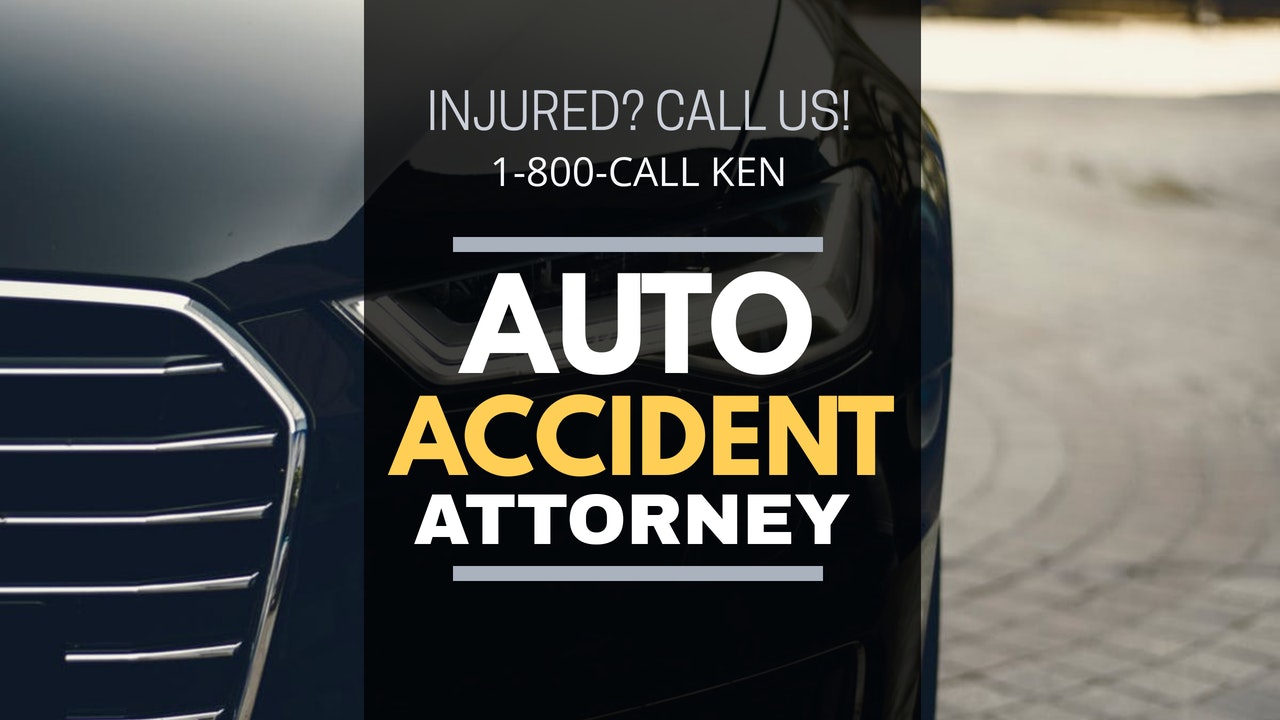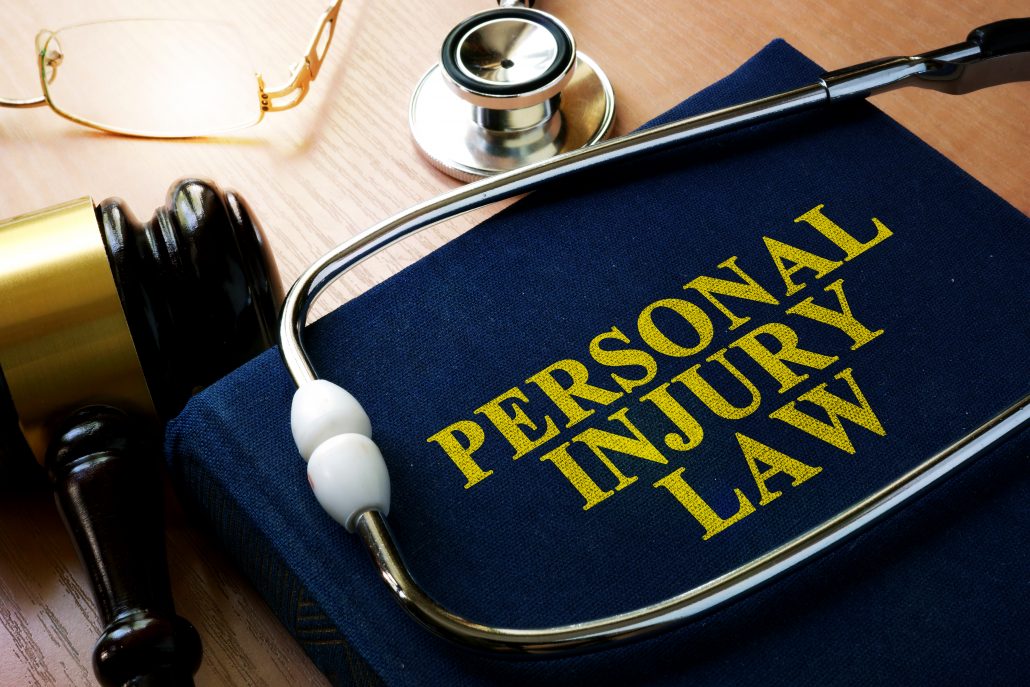Auto Accident Law Firms Atlanta GA
Severe injury - A personal injury lawsuit must be filed within a certain amount of time from the date of the accident. Georgia's personal injury statute of limitations is typically two years after the date of the accident. Serious injuries require life-long medical care, and the costs of this care may be difficult to predict at the time of filing a lawsuit. Fortunately, attorneys in Georgia are specialized in the field of personal injury law, and they can help you maximize your recovery. The first thing to do is determine the extent of your own insurance coverage. Most people don't know whether or not they have uninsured motorist coverage, and many don't even know the limits of that coverage. The term "limit of coverage" means the maximum amount of money your insurance policy covers. In Georgia, you can have multiple versions of Uninsured/Underinsured motorist coverage. It's cheap to add the coverage, and the benefits can be significant in some situations. A good accident attorney will investigate the collision and determine who was at fault. After finding who was at fault, an accident attorney will negotiate with insurance companies on your behalf and pursue a case in court if necessary. Accident attorneys will fight to get you the maximum compensation possible for your injuries, including medical bills, lost wages, and pain and suffering. If an insurance company refuses to settle, a good Georgia accident lawyer will help you reach a settlement agreement that will cover your medical expenses and pain and suffering.
A pre-negotiation strategy includes the use of an offer by a plaintiff. While the first offer must be high enough to indicate good faith, it should also leave room for further bargaining and settlement. If the plaintiff's offer is too low, the opponent will be unlikely to accept it. Moreover, a pre-negotiation strategy also helps prevent the opposite side from gaining too much, as this could jeopardize the outcome of the case. Another useful strategy is limiting the agency of the negotiator. This strategy helps to get agreement on sub-issues first and then move on to more difficult issues. However, one disadvantage of this strategy is that the other side may refuse to negotiate with a narrow agent and try to settle the case. The risk of a pre-negotiation is high. The odds of a successful settlement are extremely low, so it's crucial to be prepared for the possibility of it. It is important to remember that settlement negotiations are rarely a straightforward discussion of one issue. Many parties will need to compromise on multiple issues with a range of possible solutions. Therefore, settlement negotiations are broken up into smaller mini-negotiations over each dispute. It is important for both parties to understand this concept and agree on a shared agenda. This will help them stay centered in the negotiations and reach an agreement.
In Atlanta, you may be able to obtain financial compensation if you were struck by a vehicle. Georgia has a duty of care to pedestrians and requires motorists to operate safely. If the motorist hits you, they are deemed negligent and must pay compensation. Your Georgia accident lawyer can help you pursue compensation if this is the case. They will also be able to present the best evidence that supports your claim. And if you are the victim of a car accident, then you will probably need a Georgia accident lawyer for personal injury. You can also submit a demand letter in connection with your claim. This letter will include the reasons why you are asking for money. It will also include the details of your injuries and financial losses, and the identity of the at-fault party. A personal injury attorney can help you navigate the legal process and make sure you don't get taken advantage of. If you need a Georgia accident lawyer, consider the Kenneth S. Nugent Law Firm, P.C.
Comparative negligence rule in personal injury cases - The comparative negligence rule in personal injury cases focuses on determining the total amount of damages based on the percentage of fault each party bears. In the classic case, for example, when a person is struck by a fast car, but was not wearing a seat belt, the court would find the plaintiff to be more than 50% at fault. Under the rule, however, a person can still recover damages even if he or she was partially at fault.


.jpg)


